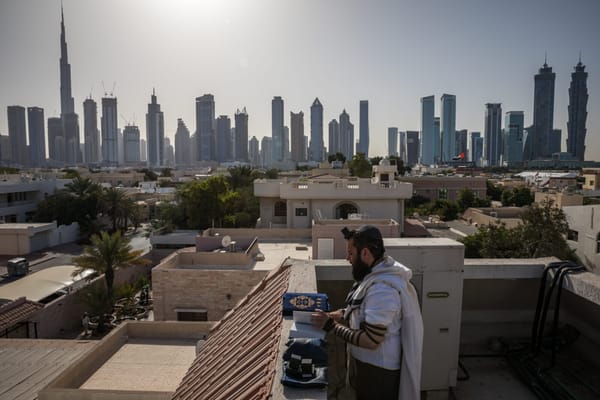The New Landscape of Intervention
Even as the 2000’s saw the return of traditional forms of imperial intervention—with the US deployment of military forces in Afghanistan and Iraq in pursuit of a quixotic and unwinnable War on Terror—there are increasingly new forms of intervention that must be understood, assessed and mapped.









